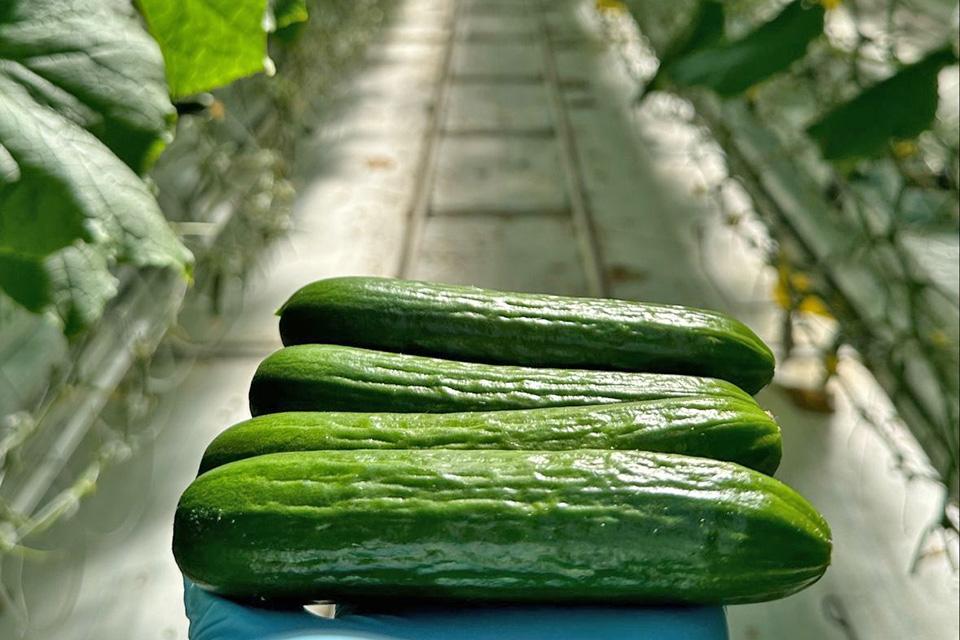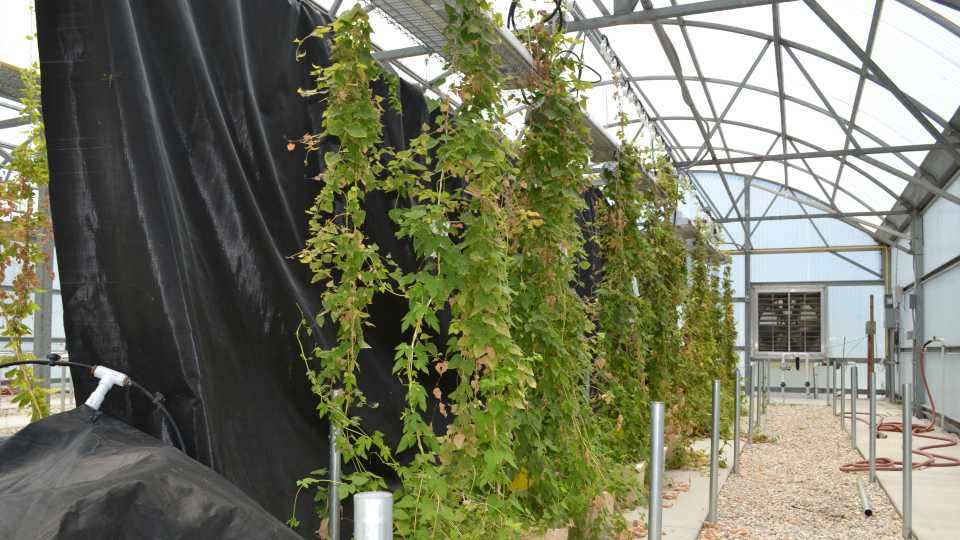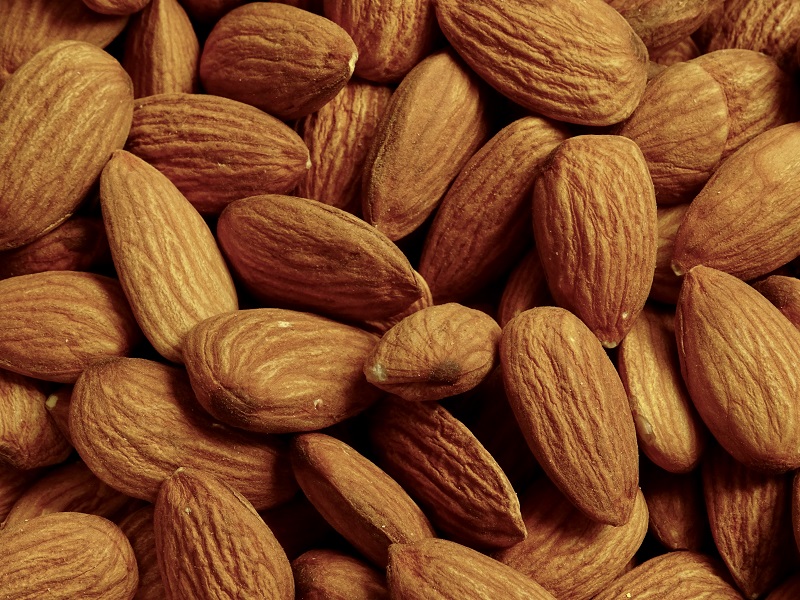Pointers For Managing Seed And Root Maggots This Spring
Early plantings of several vegetable crops are especially susceptible to damage by seedcorn maggot, cabbage maggot, or onion maggot. All of these species overwinter in the pupal stage, and adults of the first generation emerge in the spring. Flies prefer to lay eggs in fields where organic matter is high (recently incorporated manure or cover crops), and damage is greatest in cold, wet soils where plant growth is slowed.
According to a recent issue of the Illinois Fruit and Vegetable News, seedcorn maggots feed on the seeds and seedlings of corn, beans, peas, and cucurbits; they also may be found along with onion maggot or cabbage maggot infesting onions and plants in the cabbage family. Flies typically emerge in April and May, and females prefer to lay eggs in fields with abundant decaying organic matter.
Losses to seedcorn maggot can be reduced by incorporating manure or cover crops at least three weeks before planting or transplanting, preparing a well-tilled seedbed, and waiting until soil temperatures have warmed so that germination and early plant growth are rapid. Seeds or seed furrows can be treated to kill seedcorn maggot.
First generation cabbage maggot flies also emerge in April or May, and they too prefer to lay eggs in soils with high amounts of organic matter. Peak flight of first generation flies occurs at 300 degree-days (base 43°F) after March 1. Larvae tunnel into the roots and stems of cabbage, broccoli, Brussels sprouts, cauliflower, radishes, turnips, and rutabagas. Early cabbage and turnips are especially susceptible to injury.
Damage is reduced by delaying planting and by avoiding fields with high amounts of fresh organic matter.
Click here to read the complete report in the March 15, 2013 Illinois Fruit and Vegetable News,










